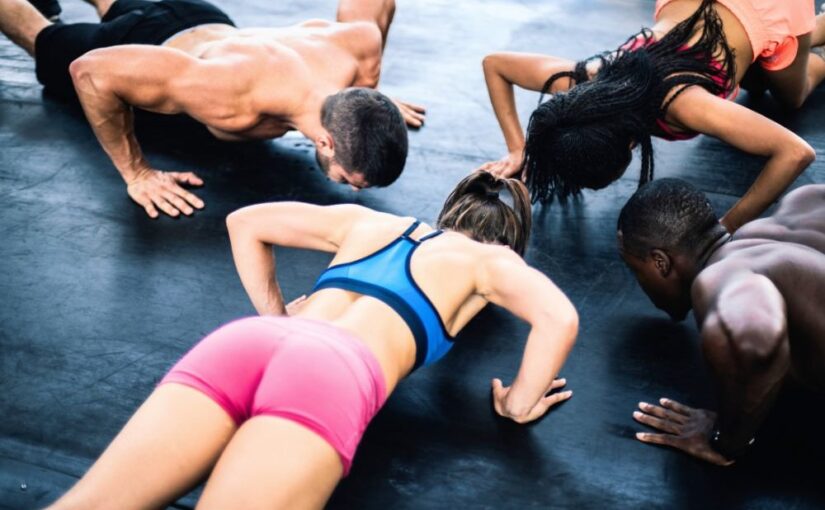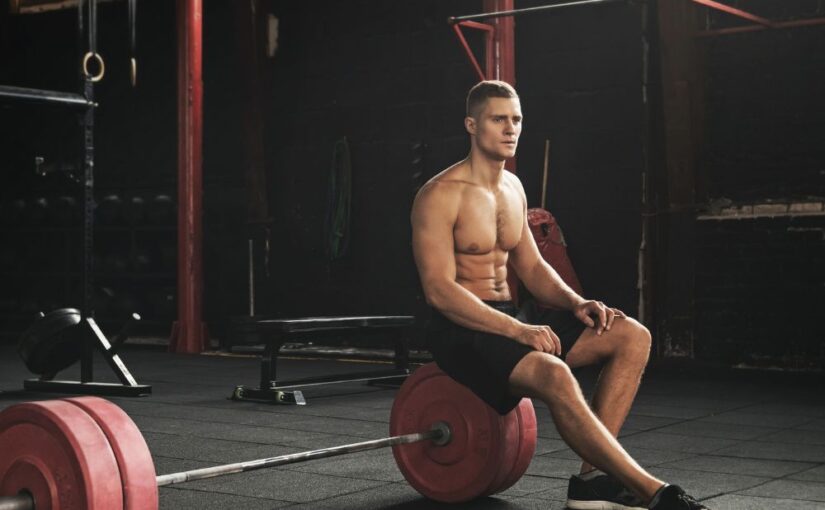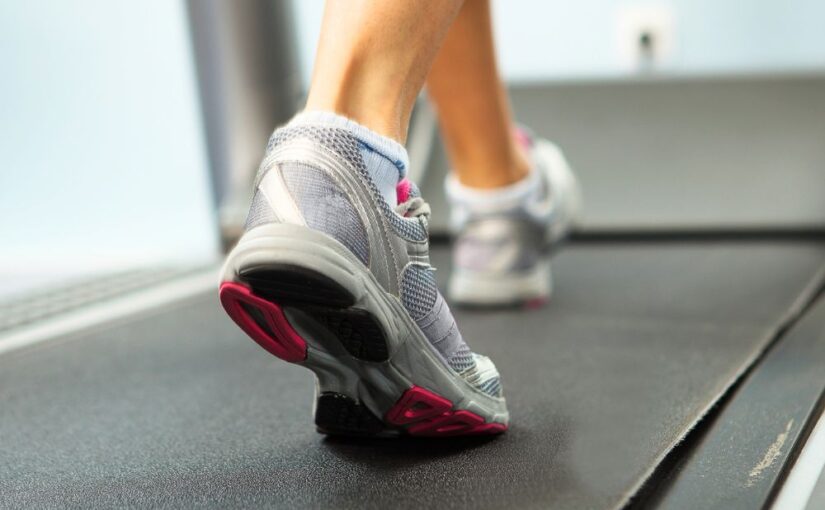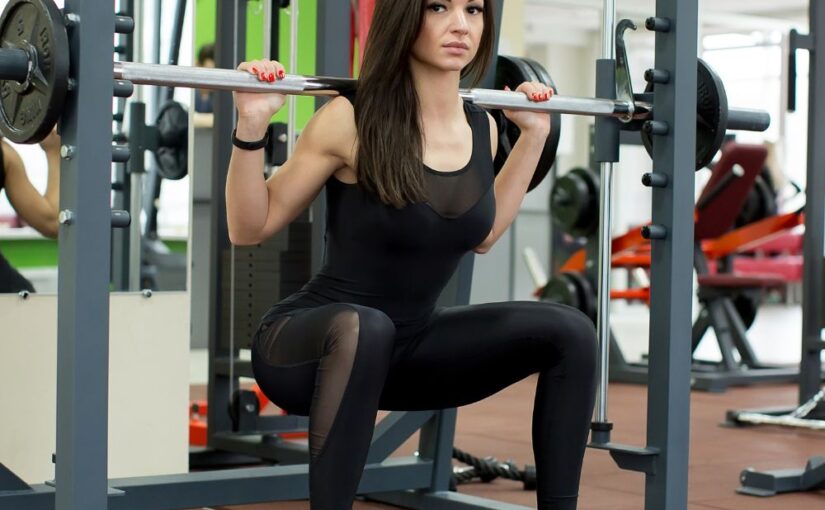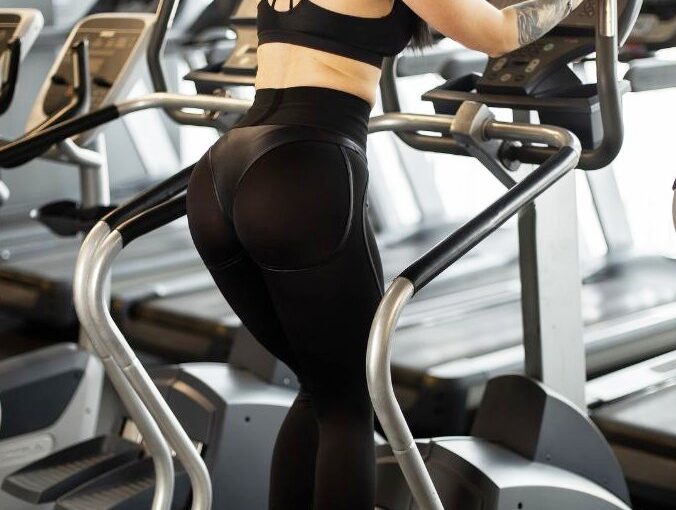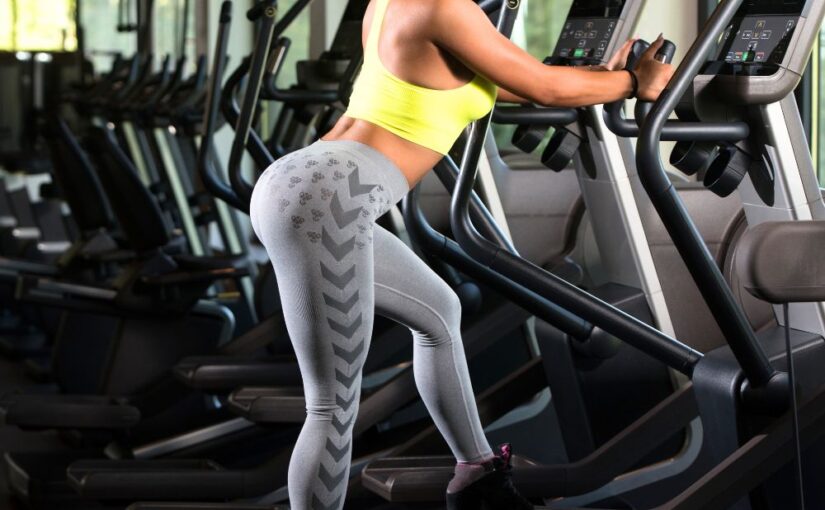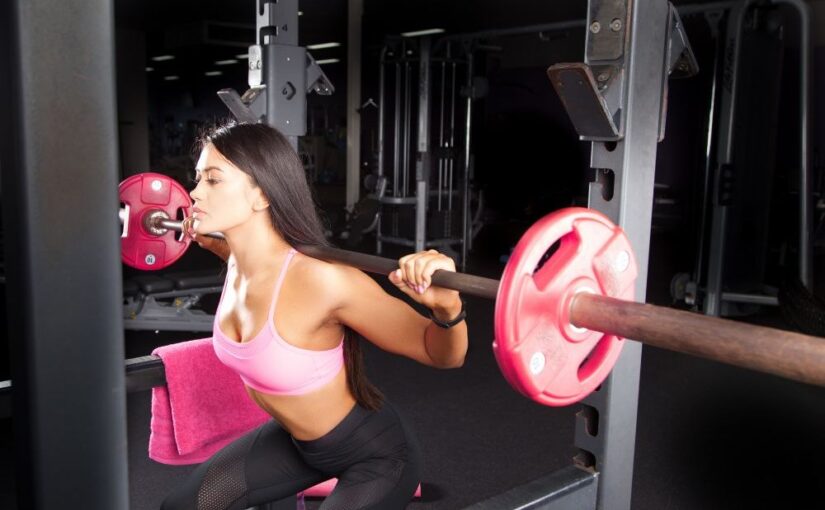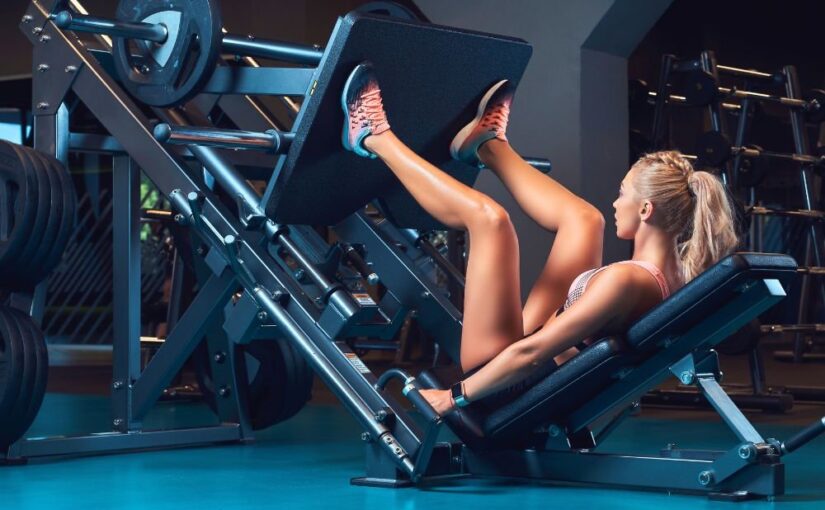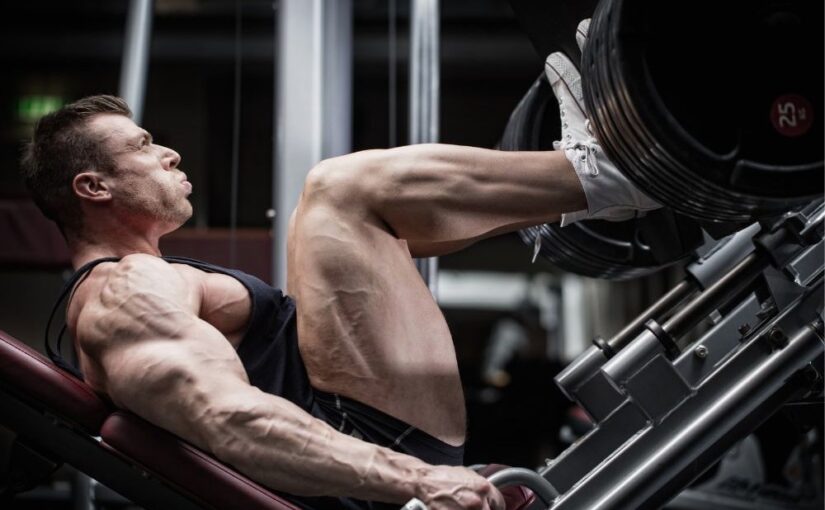Push-ups are one of the most accessible and effective exercises available. They require no special equipment and can be performed anywhere, making them a staple in fitness routines worldwide. Despite their simplicity, push-ups offer a myriad of benefits that extend beyond just building upper body strength. Here, we’ll explore the many advantages of incorporating push-ups into your workout regimen.
1. Strengthens Multiple Muscle Groups
One of the primary benefits of push-ups is their ability to engage multiple muscle groups simultaneously. When performed correctly, push-ups target:
- Chest (Pectorals): The primary muscle worked during push-ups, contributing to upper body strength.
- Shoulders (Deltoids): Push-ups help in developing shoulder stability and strength.
- Triceps: Essential for arm strength, push-ups effectively engage the triceps during the pressing motion.
- Core: A strong core is necessary to maintain proper form, meaning push-ups also work the abdominal muscles and lower back.
- Legs and Glutes: While primarily an upper-body exercise, push-ups also engage the legs and glutes for stabilization.
2. Improves Functional Strength
Push-ups mimic movements we perform in daily life, such as pushing objects or getting up from the floor. This functional strength translates to better performance in everyday activities, enhancing overall quality of life.
3. Boosts Cardiovascular Health
While push-ups are primarily a strength exercise, they can also elevate heart rate, providing cardiovascular benefits, especially when performed in higher repetitions or as part of a circuit. This can help improve heart health and endurance.
4. Enhances Joint Stability and Balance
Regularly performing push-ups can improve stability in the shoulder joints and strengthen the muscles surrounding them. This stability is crucial for preventing injuries in other activities, particularly those that involve lifting or overhead movements.
5. Promotes Core Stability
A strong core is vital for maintaining good posture and preventing injuries. Push-ups require core engagement to maintain a straight line from head to heels, promoting overall core stability and strength.
6. Increases Muscle Definition
For those looking to build muscle definition, push-ups are an effective exercise. The repeated tension placed on the muscles during push-ups can lead to muscle hypertrophy, enhancing overall muscle tone and definition.
7. Convenience and Accessibility
One of the most significant advantages of push-ups is their convenience. They can be performed anywhere, at any time, with no need for equipment. This makes them an ideal exercise for busy individuals or those who prefer to work out at home.
8. Scalability for All Fitness Levels
Push-ups are highly adaptable, making them suitable for all fitness levels. Beginners can start with modified push-ups (such as knee push-ups) or incline push-ups, while advanced practitioners can challenge themselves with variations like clapping push-ups, one-arm push-ups, or push-up burpees.
9. Supports Weight Management
Incorporating push-ups into a balanced fitness routine can aid in weight management. They burn calories while building muscle, which in turn can increase your resting metabolic rate, helping you maintain or lose weight over time.
10. Improves Mental Toughness
Push-ups require focus, determination, and discipline. Regularly challenging yourself with push-ups can enhance mental resilience, fostering a sense of achievement and confidence that can translate into other areas of life.
Conclusion
Push-ups are a powerful exercise that offers numerous benefits, from strengthening multiple muscle groups to improving cardiovascular health and functional strength. Their convenience and scalability make them accessible for everyone, regardless of fitness level. By incorporating push-ups into your routine, you can achieve a balanced workout that enhances both physical and mental well-being. Whether you’re a beginner or an experienced athlete, push-ups can play a vital role in your fitness journey. So drop down and start pushing your limits today!

